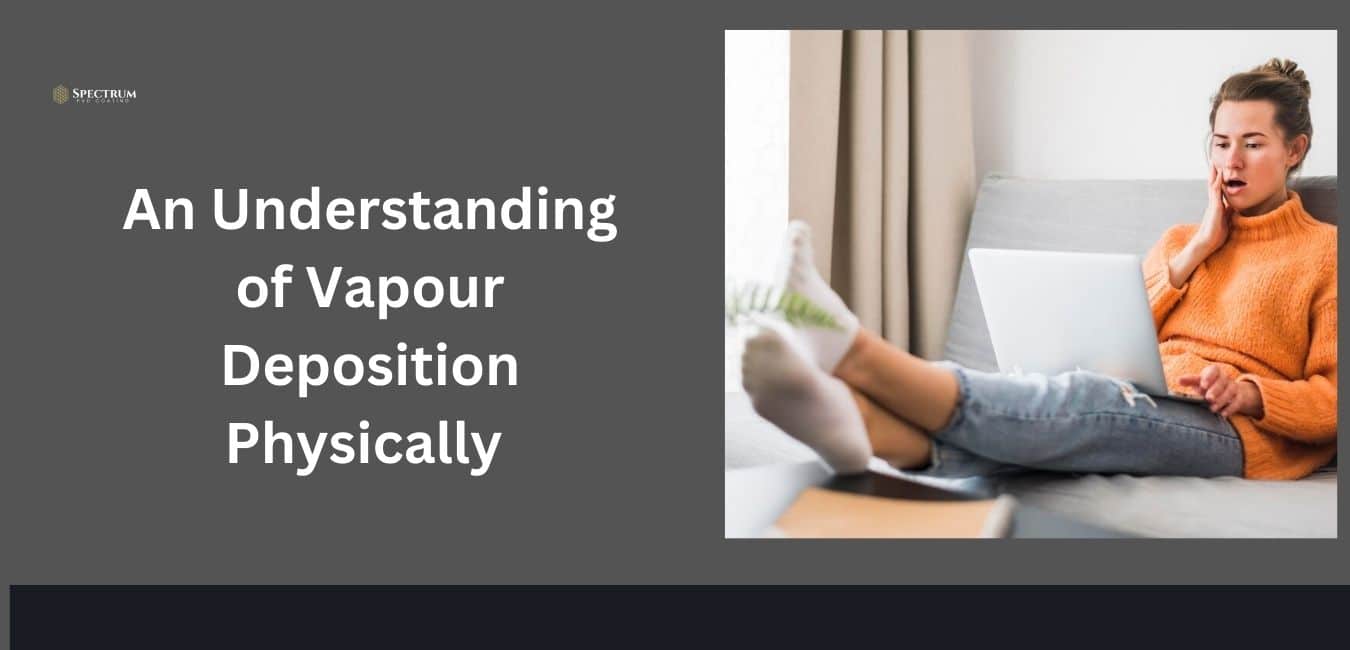Understanding this difference is essential to comprehending the diverse benefits and uses of pvd coating Bangalore Karnataka India across a range of industries. This environment is crucial to the PVD process, which involves accelerating argon ions to bombard a target material (also known as the sputtering target). Atoms from the target are physically displaced by this bombardment and subsequently deposited onto the substrate to produce a coating. PVD is distinct from CVD, in which chemical processes create coatings.
Fundamental Ideas in PVD Technology
Physical Vapour Deposition (PVD) technology is based on a well-planned three-step procedure, where each stage is essential to realising the well-known advantages of the approach, such as environmental friendliness and durability. Comprehending these procedures clarifies how PVD surpasses conventional coating techniques, providing unmatched accuracy and adaptability. Let’s examine each step in more detail:
- The Plating Material Is Gasified: The first step in the voyage is to turn the coating substance into a gas. This step prepares the material for ultimate deposition and transportation.
- Movement of Ions, Molecules, or Atoms Plating: Following their vaporisation, these particles migrate in the direction of the substrate. The movement of the particles, driven by the forces within the vacuum chamber, is not only physical but also includes complex dynamics. The integrity of the particles is maintained despite possible collisions and interactions, guaranteeing that the deposition material reaches the substrate as planned.
- Deposition on the Substrate: Once these particles are deposited onto the substrate, they attach and form a cohesive layer, marking the end of the process. The exact layer-by-layer buildup of the vaporised material on the substrate indicates this stage. Importantly, no new compounds are created, or chemical reactions occur during this deposition process; it is entirely physical.
PVD decorative coatings provide a range of wear- and tarnishing-resistant finishes that are used to improve the longevity and attractiveness of consumer items such as luxury leather sofa set Bengaluru Karnataka India.
Conclusion
The PVD process produces a very thin coating, which guarantees that the object keeps all of its original form while showcasing its rich colour and polish. The tight bond helps make the product tougher and more corrosion-resistant than coatings deposited by traditional electroplating procedures, even though the layer is quite thin. In addition, these coatings have a very high degree of resistance to heat and abrasion, and they are so strong that they seldom ever need a top coat or any further support.


